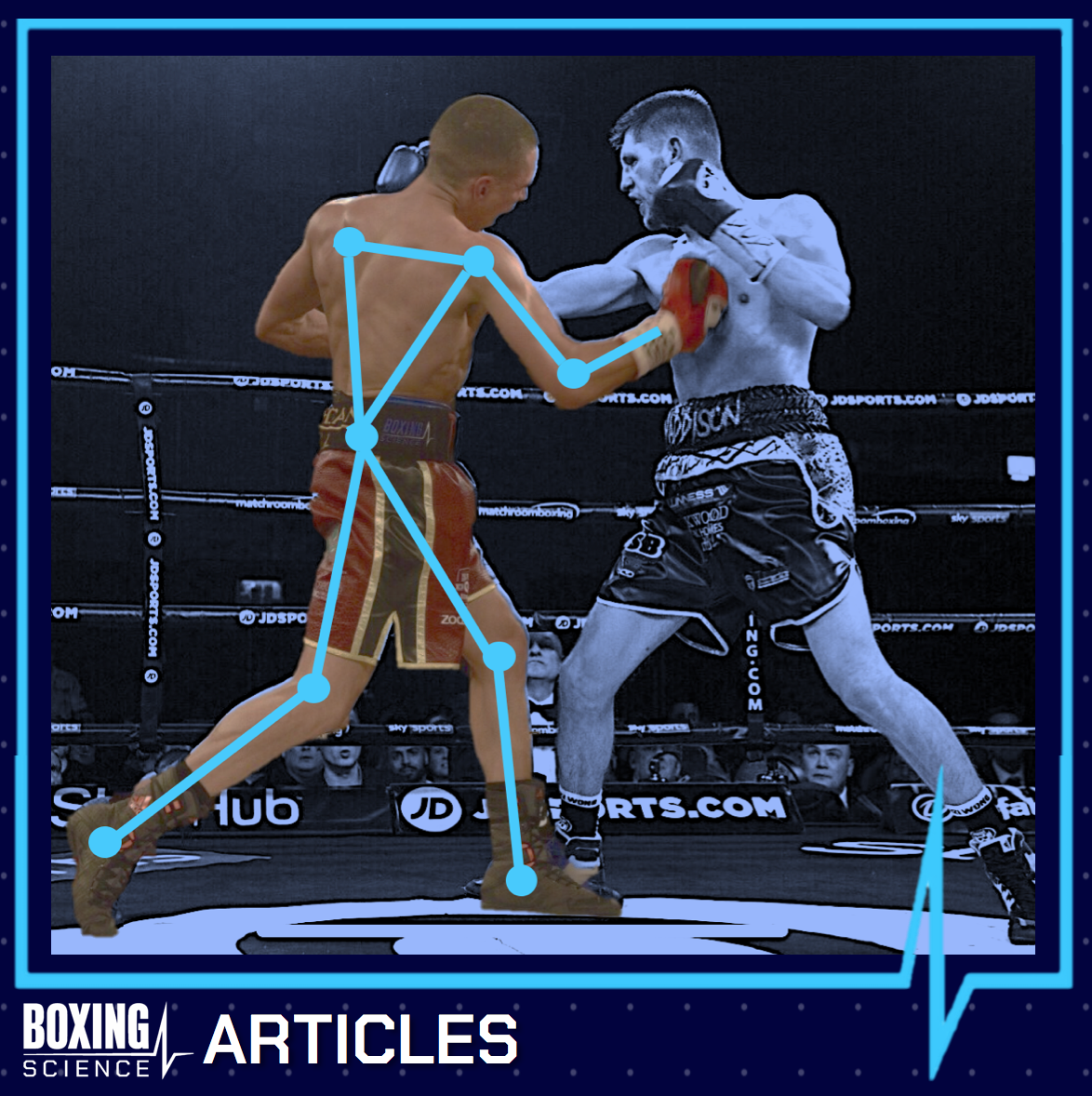My point here is that a strike can be effective without body mass behind it (beyond that of the attacking limb) if it's executed with high speed without padding.
A. Without body mass behind the strike there will be little penetration or drive-thru. But with knuckles vs cheekbone damage will occur with only 1/8 of an inch penetration.
B. Knuckles vs abdomen requires more penetration (and body mass behind the strike) to cause damage as the muscle (and fat) will absorb much of the impact.
In talking about effective strikes there are a number of factors that can come into play: Mass, Speed, Power, Penetration, Weapon and Target, and even the opponent's motion relative to your strike. And pain can be included as it can distract/shock the opponent and be a tactical advantage.
I put much attention in training biomechanics to deliver total body mass into a strike to produce maximum power/force. This is a main focus of karate training. But that said, maximum power is not always needed. For example, only a few pounds of pressure are needed to break an extended knee or elbow or poke an eye out. In most cases I would willingly trade 30% body mass power (IMO, I have plenty to spare) for an extra 20% more speed (you can't have too much of that!).


boxingscience.co.uk



